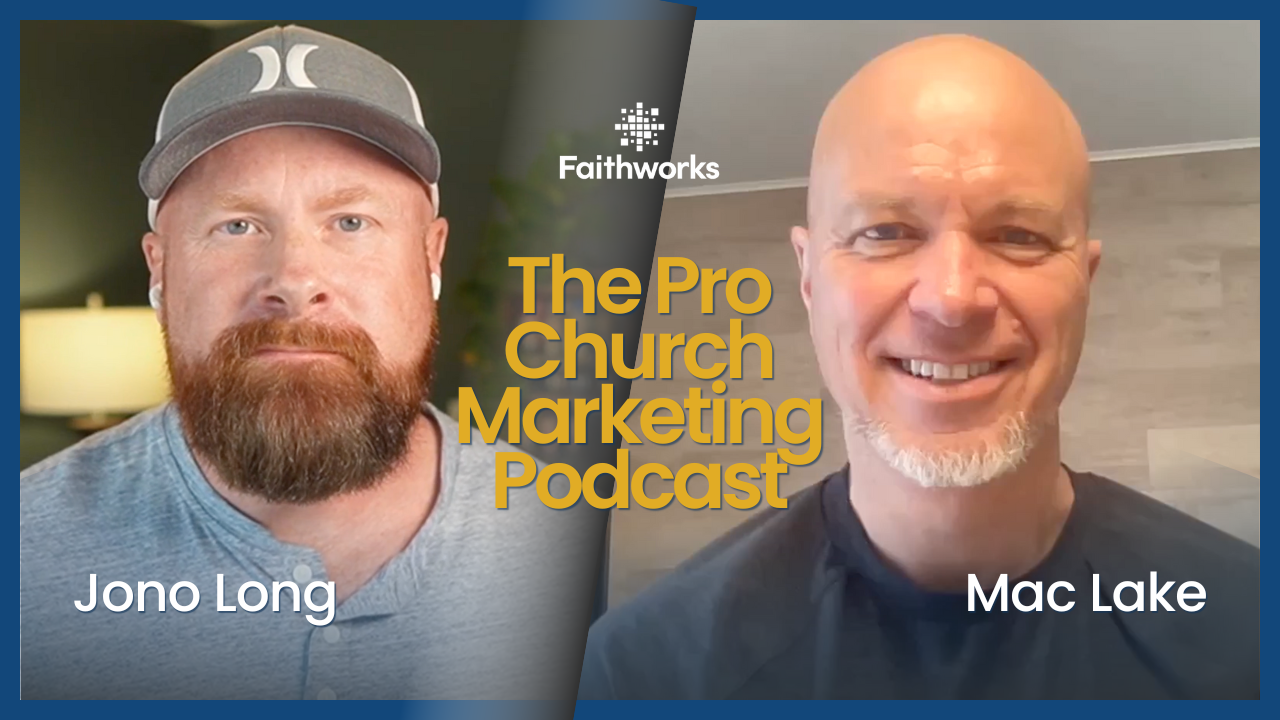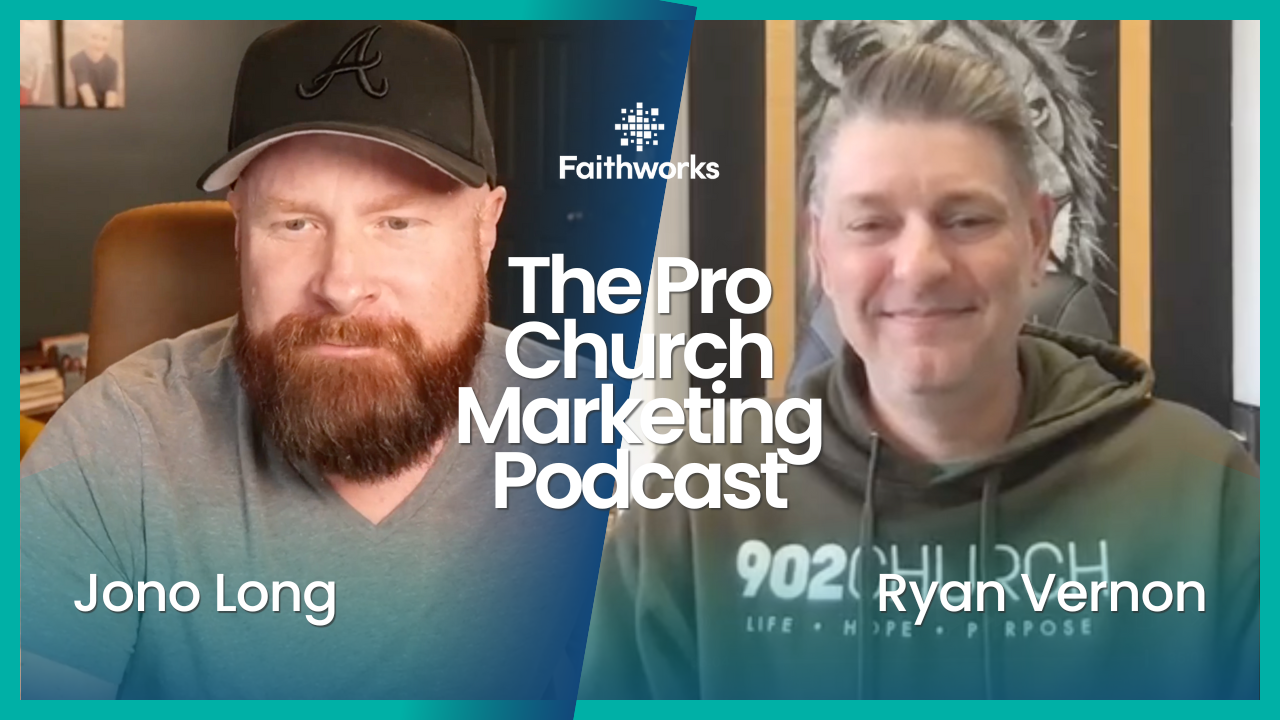5 Benefits of Using Youth Ministry Texting Services
As a Youth Pastor, your task isn't only to share the Word of God with the teenagers. Your task is also to develop a community that loves each other and fellowships with one another. Of course, this isn't to say that all groups are easy to work with, especially with such goals in mind. An obvious group that might come to your mind that is generally referred to as a challenging group to work with are teens. Specifically, youth ministry is one of the most difficult age groups to reach! Fortunately, it isn't impossible to do , and with the introduction of youth ministry texting services, you can easily get your message out to teenagers.
That being said, here are the benefits that you can enjoy from utilizing youth ministry texting services:
1. Personalize Your Youth Ministry
Youth Ministry requires a personalized approach. If you are looking to establish a group that has a close-knitted relationship, you have to make an effort to get to know them all individually, and it doesn't matter if you have to talk with them on the phone almost every week. However, with a texting service, you can easily achieve this with a convenient, personal and quick messaging tool.
2. Boost Church Attendance
If you are looking to boost your church attendance, then you might want to utilize a youth ministry texting service. With this, you can send out attendance reminders and notifications easily. For instance, you can send out reminders about your mid-week Bible study, upcoming events, and serving opportunities.
3. Send Out Peer-To-Peer Communication
In addition to reminders, you can also use the youth ministry texting service as an avenue to send out peer-to-peer communication. You can send out messages to encourage them in the faith or simply ask them how they are doing in their life. In this way, you can reduce the number of distractions they have in life while they are in the church so that they can focus on the main reason they are attending church: to hear and learn the Word of God.
4. Send Out Mass Messages
If you want to send out a mass message, you can do so with a youth ministry texting service. You can also use it to remind them of an upcoming event or a camp or retreat. Whatever it is, you can now easily inform the whole group of what is going on and make sure that they will be in attendance.
5. It Is Incredibly Convenient
With the introduction of a texting service to your ministry, you would be able to communicate with your youth group easily. You wouldn't have to wait for that one moment when they are free to talk with you. Even if they are busy with their schedule, you can still send out messages to them, and they will get it at their convenience. Thus, you would be able to connect with them wherever you are.
Conclusion
There is no doubt that a texting service is one of the most convenient, cost-effective, and easy ways to communicate with people, especially when it comes to youth ministry. So, if you want to make your youth ministry easier to manage and engage with teenagers more efficiently, then get a texting service today!
Faithworks Marketing is a marketing agency for churches and nonprofits to boost online reach and more. If you are in need of a
church marketing agency to boost attendance and the likes in Georgia, work with us today!
Latest Posts












